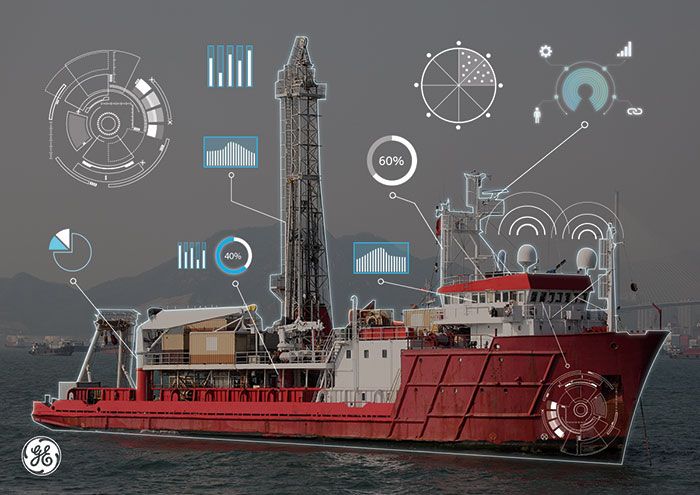The start of every year calls for time to reflect on the last. The offshore and marine industry can look back on 2016 as one of the most bruising in recent memory. The downturn has been tough and drawn out, with increased divestment, more stringent environmental regulations and a prolonged shipbuilding cycle that has resulted in overcapacity.
However, challenges can be harnessed as a force for progress. The downcycle has pushed the industry to reshape its competitive landscape, probably a change that has been overdue. Looking forward, 2017 will not be an easy year; but recovery is on the horizon and it will be a time for critical decision-making and planning for the future.
 Crucial to this will be ensuring fleet readiness, including how and when stacked assets can be cost-effectively reactivated. Ensuring optimal fleet performance to control costs and compliance with environmental regulations while reducing the level of reporting, where possible, will also remain top of the agenda for most ship owners and operators.
Crucial to this will be ensuring fleet readiness, including how and when stacked assets can be cost-effectively reactivated. Ensuring optimal fleet performance to control costs and compliance with environmental regulations while reducing the level of reporting, where possible, will also remain top of the agenda for most ship owners and operators.
In a market that is still volatile, the timing of these decisions will be a challenge. The worst-case scenario is that, as an industry, we are not ready to make these decisions, or we are not adequately prepared to run with opportunities as the market recovers. It may be much talked about, but the time really is right for the digital revolution in offshore as the industry heads towards a new start. Digital solutions help to de-risk decisions, bring practical, actionable insights into vessel and fleet performance and provide proven opportunities to optimize operations in a sustainable way.
Breaking down data silos and data complexity are the first crucial steps. Through embedded sensors that enable the collection of data on critical vessel systems, using software analytics it is now possible to gain insights on future performance. Through analyzing these insights, vessel operators can anticipate and address problems before they cause an operational disruption.
Thanks to advanced algorithms and a strong data-processing capability, digital analytics tools can map out a “digital twin” of a physical asset—be it a propulsion motor, an engine or an entire vessel—based on its normal operational data profile. Drawing a comparison between the “digital twin” and the vessel’s real-time data, digital software is able to spot inefficiencies as well as detect potential failure, up to weeks ahead. This gives operators time to mitigate potential problems in advance, enhancing a vessel’s operational efficiency through reduced downtime and increased productivity.
The predictivity will also enable the industry to switch from calendar-based planned maintenance to condition-based maintenance, saving companies significant maintenance expenditures. Insights on the performance of a critical piece of equipment will allow tailoring maintenance to a specific piece of equipment. This will assure that maintenance actions are only implemented when needed to assure optimal reliability and reduced life cycle costs.
The access to real-time insights from vessels enables onshore experts, no matter where they are in the world, to remotely diagnose problems and advise on next steps immediately. This approach not only provides vessel owners with fast access to the knowledge of experts globally, but can also save a significant amount of time, as one engineer, for example, is able to analyze and diagnose multiple ships concurrently from a centralized control center, reducing the need for multiple specialists onboard vessels. With the backdrop of a skills shortage looming in the industry, this connectivity maximizes the reach of an individual’s expertise and can help ease the impact of downsized teams.
Data analytics tools also enable energy-efficient operations, as software can forecast weather and wave conditions, helping inform the heading and operational mode with optimized fuel consumption, a crucial advantage in complying with increased environmental regulations.
With the objective of capitalizing on this emerging digital opportunity, GE has developed SeaStream* Insight asset performance management solution. Working in collaboration with Maersk Drilling, GE will help deploy SeaStream Insight on one of Maersk Drilling’s rigs with an aim of increasing productivity through big data and reducing maintenance costs by up to 20 percent.
This partnership is a prime example of how digital technologies are shaping the future of the offshore marine industry. While uncertainty may be the new norm in the marine industry, through digital technologies, we can seize the opportunity to lead the transformation of the marine industry.
* Indicates a trademark of the General Electric Company and/or its subsidiaries.
Author: Tim Schweikert, president & CEO, GE’s Marine Solutions

